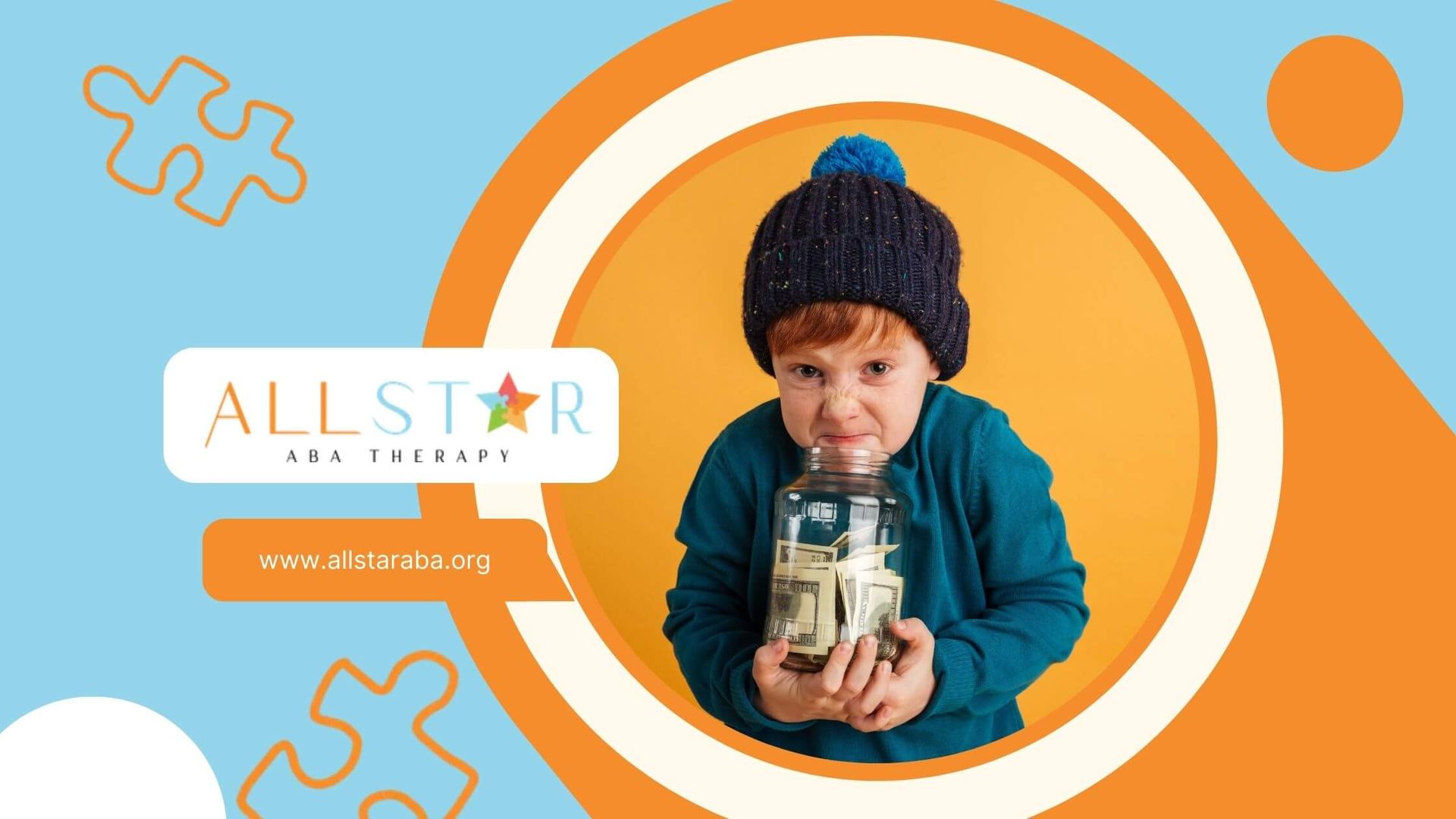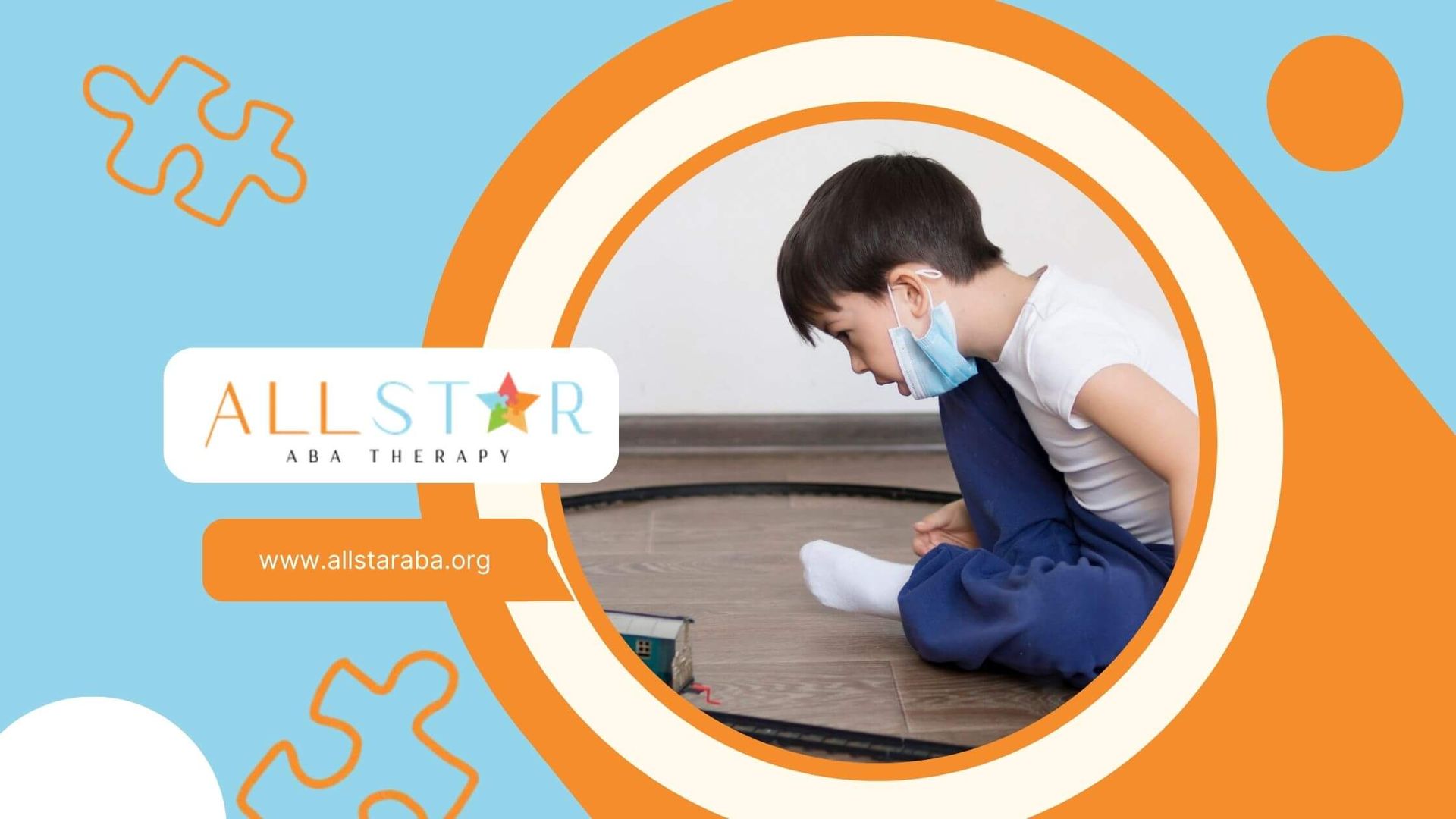New Paragraph
Key Insights on Autism Spectrum Disorder Testing Explained
Understanding Autism Spectrum Disorder
Overview of ASD
Autism Spectrum Disorder (ASD) is a developmental disability characterized by significant social, communication, and behavioral challenges. Individuals with ASD typically show symptoms early in childhood, usually before age 3, although some children may show hints as early as 18 months. ASD can affect individuals across various spectrums; while some persons may have mild symptoms, others might experience more severe impairments.
ASD is called a "spectrum" disorder because it manifests differently among individuals. The variation in symptoms among those affected means that no two people with ASD will have the exact same experience.
Behavioral Characteristics
Individuals with ASD display a range of symptoms. Below are some common behavioral characteristics:
| Symptom Category | Examples |
|---|---|
| Social Interaction | Avoidance of eye contact, Preference to be alone, Difficulty understanding others' feelings |
| Communication | Delayed speech, Echolalia (repeating phrases), Trouble expressing needs |
| Behavioral Patterns | Repetitive behaviors, Resistance to changes in routine, Hyper-focus on specific interests |
For more on the diagnostic criteria for ASD, refer to our detailed guide on autism diagnosis criteria.
Children with ASD do not usually have physical distinguishable traits but stand out in how they explore the world. Some are gifted, possessing extraordinary abilities in areas like art, math, or music, while others may have severe delays in language or intellectual development. Understanding these varied presentations is crucial for autism spectrum disorder testing and early intervention.
For those who suspect an adult might be affected, signs can be subtle. Details on identifying these symptoms are available in signs of autism in adults.
Early identification and developmental monitoring play pivotal roles in ensuring that children with ASD receive the necessary support and interventions early in life. This proactive approach can significantly improve outcomes and help children develop to their fullest potential.
Diagnosis Process of ASD
Diagnostic Criteria
Diagnosing Autism Spectrum Disorder (ASD) involves a thorough understanding of specific diagnostic criteria. The American Psychiatric Association's Diagnostic and Statistical Manual, Fifth Edition (DSM-5), outlines standardized criteria used by healthcare professionals to diagnose ASD. According to the CDC, the criteria include:
- Persistent deficits in social communication and social interaction across multiple contexts.
- Restricted, repetitive patterns of behavior, interests, or activities.
- Symptoms must be present in the early developmental period.
- Symptoms cause clinically significant impairment in social, occupational, or other important areas of current functioning.
- Disturbances are not better explained by intellectual disability or global developmental delay.
ASD is a comprehensive diagnosis that now includes conditions like autistic disorder, pervasive developmental disorder not otherwise specified (PDD-NOS), and Asperger syndrome. This consolidation reflects the wide range of symptoms and behaviors associated with ASD.
Assessment by Professionals
The assessment for ASD requires a multi-disciplinary approach. This often involves trained specialists, including developmental pediatricians, child psychologists, speech-language pathologists, and occupational therapists. These professionals rely on a combination of observational data and caregiver reports to form a comprehensive understanding of the child's development and behavior.
A typical evaluation process may include:
- Parent/Caregiver Interviews: Detailed discussions about the child's developmental history, social interactions, and behavioral patterns.
- Direct Observation: Professionals observe the child in various settings to identify behaviors indicative of ASD.
- Standardized Tools: Utilization of assessment tools like the Autism Diagnostic Observation Schedule (ADOS) and the Autism Diagnostic Interview-Revised (ADI-R) for a structured analysis.
| Specialist | Role in ASD EvaluationRole in ASD Evaluation |
|---|---|
| Developmental Pediatrician | Monitors overall development and identifies delays. |
| Child Psychologist | Assesses cognitive and emotional development. |
| Speech-Language Pathologist | Evaluates communication skills. |
| Occupational Therapist | Analyzes motor skills and sensory processing. |
Early detection and diagnosis are crucial for accessing early intervention services, which can significantly improve outcomes.
A comprehensive diagnosis not only confirms the presence of ASD but also helps in planning tailored interventions and support services. It is crucial to distinguish between routine screening and formal diagnosis, which are explained in our section on Screening vs. Diagnosis.
By understanding the diagnostic criteria and the role of professionals, caregivers can better navigate the complex process of getting diagnosed with autism spectrum disorder.
Importance of Early Detection
Early detection of Autism Spectrum Disorder (ASD) is crucial for accessing necessary interventions and support services. Recognizing developmental delays early can significantly impact a child's development and overall quality of life.
Developmental Monitoring
Developmental monitoring involves observing a child's growth and development over time to detect any early signs of ASD. The American Academy of Pediatrics (AAP) recommends regular developmental screening for all children during well-child visits. Specific screening for ASD is advised at 18 and 24 months of age.
Healthcare providers conduct these screenings through a combination of parent interviews, questionnaires, and observational assessment. By identifying potential issues early, healthcare professionals can initiate further evaluation and necessary interventions. Below is a table summarizing recommended screening ages:
| Age (Months) | Type of Screening |
|---|---|
| 9-12 | Routine developmental screening |
| 18 | Specific ASD screening |
| 24 | Specific ASD screening |
Early Intervention Services
Once a potential developmental delay or ASD has been detected, early intervention services become crucial. Early intervention provides specialized support aimed at enhancing a child's development in areas such as communication, social skills, and adaptive behavior. These services are typically coordinated by a team of specialists, which may include developmental pediatricians, child psychologists, speech-language pathologists, and occupational therapists/
Research shows that children who receive early intervention services prior to the age of 3 demonstrate significant improvements in their developmental milestones. Support can include various therapeutic approaches like behavioral therapy, speech therapy, and occupational therapy. Below is a table detailing some common early intervention services:
| Service Type | Description |
|---|---|
| Behavioral Therapy | Techniques to improve social and communication skills |
| Speech Therapy | Strategies to enhance language and communication abilities |
| Occupational Therapy | Activities to improve fine motor skills and daily living tasks |
Early intervention often begins with a formal developmental evaluation, and recommendations may also include genetic counseling and testing to uncover any underlying conditions.
By recognizing the importance of early detection and leveraging developmental monitoring and early intervention services, families can significantly improve outcomes for children diagnosed with ASD.
Screening vs. Diagnosis
Understanding the distinction between screening and diagnosis is crucial when discussing autism spectrum disorder (ASD) testing. Both processes serve different purposes and involve unique methodologies.
Purpose of Screening
Autism screening is a preliminary step designed to identify children who may be at risk for ASD. The goal of screening is not to diagnose, but to determine whether further evaluation is warranted. Screening utilizes brief, evidence-based tools that are selected for their efficiency and accuracy in flagging potential developmental concerns.
Screening tools help in identifying early signs that could indicate ASD. These tools are often administered by pediatricians during routine check-ups or by caregivers who notice developmental differences. However, a positive result on a screening test is not a confirmation of autism but an indicator that a more thorough evaluation is needed.
| Screening Tool | Purpose | Example |
|---|---|---|
| M-CHAT-R/F | Identifies children at risk for ASD | A questionnaire completed by parents |
| ASQ | Screens for developmental delays | Ages & Stages Questionnaires |
Differentiating Diagnosis
The diagnostic process for ASD is a comprehensive evaluation conducted by a team of professionals, which typically includes psychologists, speech therapists, and pediatricians. This evaluation involves an extensive assessment of the child's developmental history, behavioral patterns, communication skills, and social interactions to determine if they meet the clinical criteria for autism as outlined in the DSM-5.
Several diagnostic tools are used to confirm ASD, each with its own sensitivity and specificity levels, which are measures of a test's accuracy.
| Diagnostic Tool | Sensitivity | Specificity |
|---|---|---|
| ADOS | 87% | 75% |
| ADI-R | 77% | 68% |
| CARS | 89% | 79% |
Sensitivity refers to the tool's ability to correctly identify those with ASD, while specificity measures its capacity to correctly identify those without ASD.
While screening is a critical first step, a diagnosis involves a more detailed process and is essential for appropriate intervention and support. The outcome of a diagnostic assessment provides a clear understanding of the individual’s needs, which guides the formulation of effective intervention strategies (autism spectrum disorder evaluation).
In summary, screening and diagnosis are both vital components of ASD testing, serving different functions in identifying and confirming autism in individuals.
Screening Tools for ASD
Identifying autism spectrum disorder (ASD) early is crucial for effective intervention and support. There are several validated tools used for screening and diagnosing ASD that help in the early detection of this condition.
M-CHAT-R/F Tool
The Modified Checklist for Autism in Toddlers, Revised with Follow-Up (M-CHAT-R/F) is a widely used screening tool for ASD in children. This tool is typically administered during routine check-ups for children aged 16-30 months. It involves a two-step process where parents answer a series of questions about their child’s behavior. If the screening indicates potential concerns, a follow-up interview is conducted.
- Sensitivity: 78%
- Specificity: 98%
The M-CHAT-R/F tool is highly effective in identifying children who may need a more comprehensive evaluation.
ADOS Tool
The Autism Diagnostic Observation Schedule (ADOS) is considered one of the gold standards for diagnosing ASD. It involves a series of structured and semi-structured tasks that allow clinicians to observe social and communicative behaviors. It can be used across a wide range of ages, from toddlers to adults.
- Sensitivity: 87%
- Specificity: 75%
Data indicates that the ADOS tool is reliable and effective in diagnosing ASD, though it requires administration by trained professionals.
ADI-R Tool
The Autism Diagnostic Interview-Revised (ADI-R) is an in-depth, structured interview conducted with the parents or caregivers of individuals suspected of having ASD. It covers the individual's developmental history, focusing on language, social development, and repetitive behaviors.
- Sensitivity: 77%
- Specificity: 68%
The ADI-R tool is valuable for providing a detailed developmental profile, albeit requiring significant time and professional expertise for administration.
| Screening Tool | Sensitivity | Specificity |
|---|---|---|
| M-CHAT-R/F | 78% | 98% |
| ADOS | 87% | 75% |
| ADI-R | 77% | 68% |
For a thorough process, an autism spectrum disorder evaluation combines multiple tools, including M-CHAT-R/F, ADOS, and ADI-R, ensuring a comprehensive assessment. Early detection through these tools fosters timely intervention, making a significant difference in the developmental outcomes for those diagnosed with autism spectrum disorder.
Cultural Considerations in Diagnosis
When diagnosing Autism Spectrum Disorder (ASD), it’s essential to consider the cultural context. Different cultures perceive symptoms of autism uniquely, which can significantly influence the identification and diagnosis process. This section discusses the diversity in symptom perception and the impact of cultural beliefs on the diagnosis of ASD.
Diversity in Symptom Perception
Cultural norms heavily influence the recognition of autism symptoms. For instance, in some cultures, avoiding eye contact is seen as a sign of respect. In others, it might be perceived as a sign of evasiveness or dishonesty rather than an indicator of an autism symptom.
Other differences include:
- Symptom Expression: Quantitative symptom expression can vary. For example, repetitive behaviors might be more or less noticeable depending on cultural norms around physical activity.
- Clinical Impairment Levels: What one culture considers a clinical impairment, another might perceive as a unique but acceptable variance in behavior.
Studies have shown that adaptations of autism screening tools for different cultural or socioeconomic settings face challenges with sensitivity, specificity, or predictive values. Here is a summary of such findings:
| Cultural Setting | Observation |
|---|---|
| Spanish-speaking populations in the USA | Low sensitivity of screening tools |
| Ethnically diverse settings | Challenges with tool adaptability |
Impact of Cultural Beliefs
Explanatory models for recognizing atypical behavior in cases of autism can widely differ across cultures. Explanations can range from biological and medical factors to supernatural interpretations like curses or sins.
Some of the effects of cultural beliefs include:
- Acceptance and Stigma: In certain communities, supernatural explanations for atypical behaviors contribute to the stigma surrounding autism.
- Healthcare Access: Cultural beliefs may influence whether families seek medical advice and which type of professional they consult.
- Diagnosis and Treatment: Belief systems can affect adherence to recommended treatments and engagement in early intervention programs.
Understanding these cultural considerations is vital for healthcare professionals. Tailoring approaches to fit the cultural context of the patient can improve engagement and compliance with treatment plans.
By acknowledging diverse cultural perspectives, we ensure a more sensitive and effective approach to autism spectrum disorder testing and overall care for individuals diagnosed with autism spectrum disorder.
Final Thoughts
Understanding Autism Spectrum Disorder is a journey of compassion, awareness, and proactive support. From recognizing early signs and navigating the diagnosis process to embracing cultural considerations, every step plays a vital role in shaping better outcomes for individuals on the spectrum.
At
All Star ABA, we specialize in providing comprehensive, individualized ABA therapy services that empower children and families to thrive. If you suspect your child may be on the spectrum or need guidance through the diagnostic process, contact All Star ABA today — we're here to support you every step of the way.
Sources:
- https://www.cdc.gov/autism/hcp/diagnosis/index.html
- https://pmc.ncbi.nlm.nih.gov/articles/PMC7614360/
- https://pmc.ncbi.nlm.nih.gov/articles/PMC10951453/
- https://www.mchatscreen.com/
- https://www.research.chop.edu/car-autism-roadmap/autism-diagnostic-interview-revised-adi-r
Need Support?
We're Here to Help!
Our experienced team is ready to assist you. Reach out today to discuss how we can support your child's development and well-being.
Get started with expert ABA therapy today.








